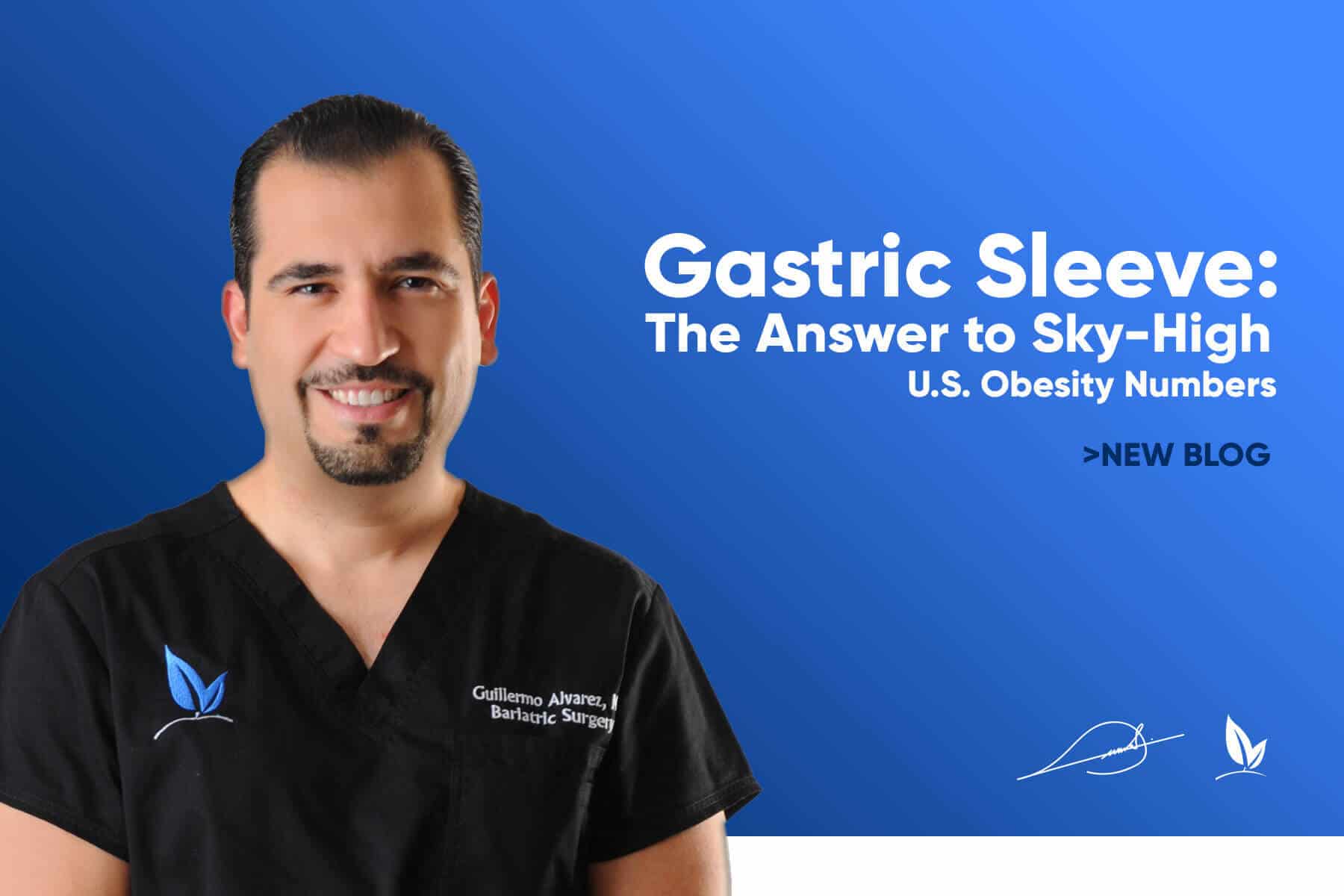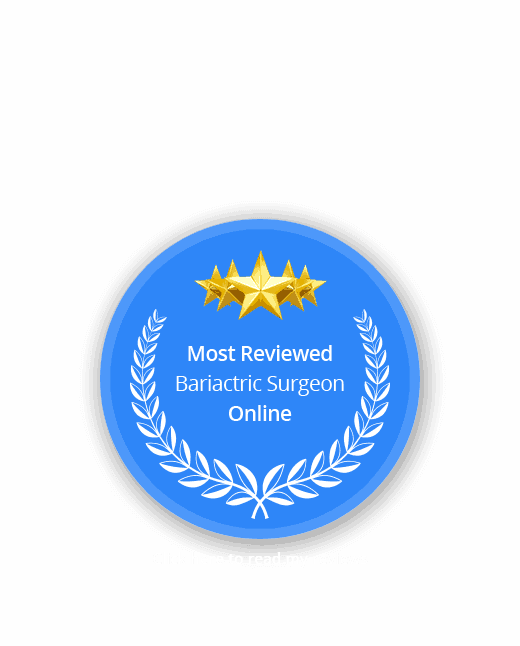Nearly 40 percent of U.S. adults are now obese—the highest numbers the United States has ever recorded. It’s almost as common to be obese as it is to be overweight or normal weight. Yikes! What’s even more troubling? Obesity rates have continued to climb despite the government’s attempts to address it. It seems obvious that something more is needed to begin reversing this life-shortening trend—and that “something,” for many people, is the gastric sleeve procedure.
What’s Going On?
Thanks to the National Center for Health Statistics, we know that obesity among U.S. adults has reached an all-time high. In fact, the numbers have increased by 30 percent over the last 15 years, despite widespread awareness of the problem and non-stop “diet and exercise” advice from medical professionals and fitness gurus. But according to a recent study at Georgia Southern University, fewer Americans, particularly women, are trying to lose weight.
Why is that? Probably because they’ve tried and failed too many times to count. Continuing to eat fewer calories and boost physical activity feels like banging your head against a wall if you don’t see results. Maybe you can relate.
We’ve said it before, and we’ll say it again: Diet and exercise hasn’t proven to be a good option for morbidly obese individuals. It simply doesn’t deliver sufficient results in these patients. Gastric sleeve surgery, however, does offer the kind of lasting results that allow obese patients to transform their lives.
The Gastric Sleeve Solution
If you’re new to the Endobariatric site, let me give you a quick overview of gastric sleeve. In short, it’s a restrictive procedure that also dramatically reduces your body’s hunger hormone. During a relatively quick, minimally invasive surgery, I create a smaller stomach for patients and remove the part of the stomach where most ghrelin (the hunger hormone) is produced. Afterward, patients can eat only a fraction of what they could before. And they don’t feel deprived because the majority of sleeve patients experience a significant decrease in hunger.
Pretty easy to see why gastric sleeve gets results, right?
The goal with any bariatric surgery is to help patients lose more weight than they could with diet and exercise alone. And most of them do just that. I only perform gastric sleeve, though, because I believe it offers the best combination of results and safety. In terms of weight loss, it’s comparable to gastric bypass surgery and faster than with an adjustable gastric band. On average, gastric sleeve patients lose two to four pounds per week. Keep in mind that everyone is different, and you’ll have to put in the effort to keep that scale moving lower!
As for safety, my results are world-class. (I don’t normally brag, but this is important stuff.) Gastric sleeve already has low complication rates, and my rates are even better than the average physician’s. I have a zero percent complication rate on potential problems like pulmonary embolism, post-op bleeding, and small bowel construction.
You Can Be One Less Statistic
If you have a well-done sleeve—the only kind we do at Endobariatric—you’ll lose weight. And with our help, you’ll lose enough weight that you won’t be among that 40 percent obesity rate for the rest of your life. You can’t stretch our sleeve back to the size stomach you had before. So you’ll eat far less (maybe a “3” on a scale of one to 10, whereas your food intake might have been a “10” pre-surgery). You’ll learn what to eat and drink in order to produce the best results for your body. And you won’t be nearly as hungry as you’ve probably felt most of your life.
Imagine the difference in your health and your life with gastric sleeve in your corner.
Take the first step towards that new reality by getting in touch with us at Endobariatric today









